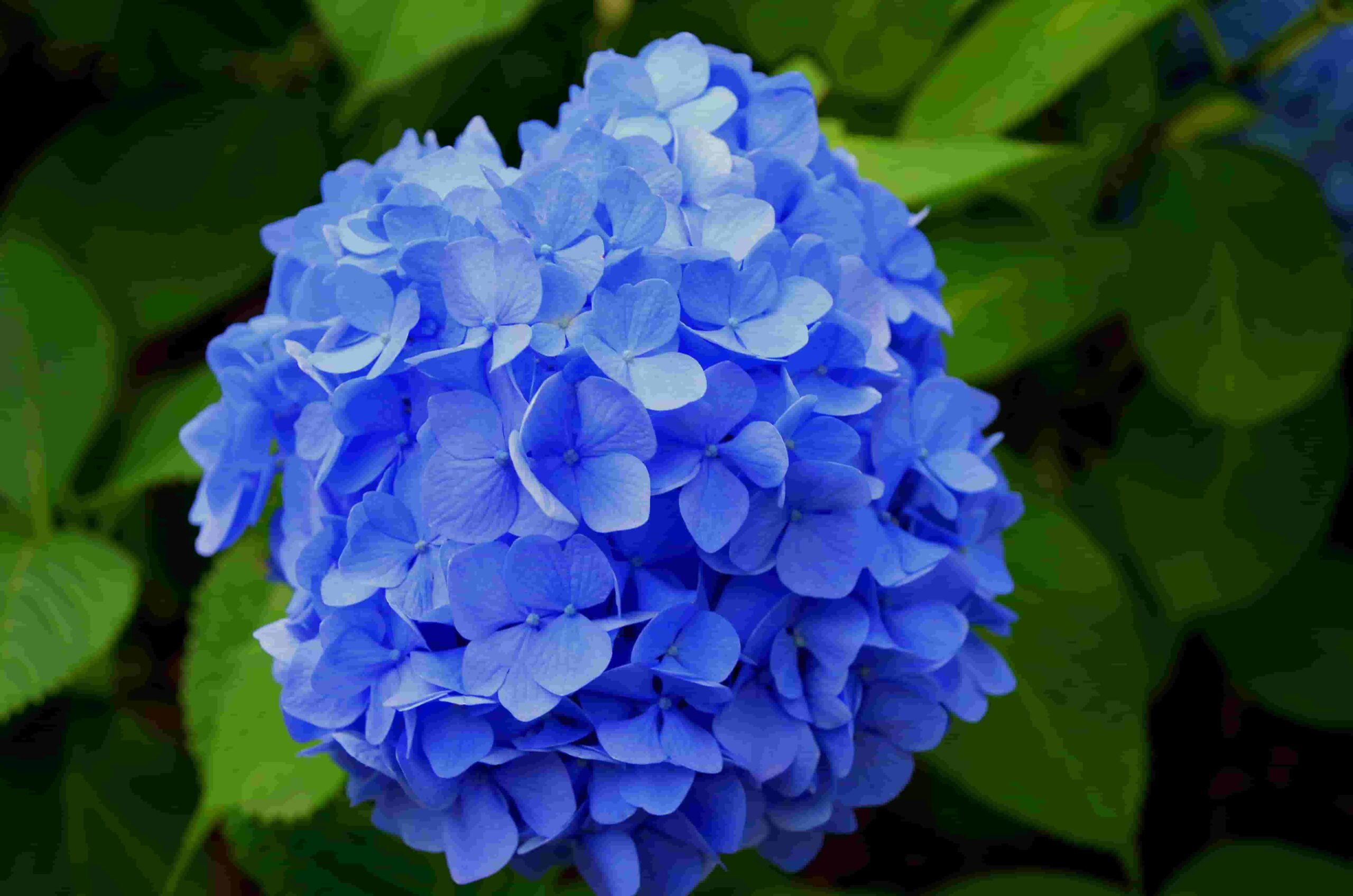Hydrangeas are stunning flowering shrubs that are adored by gardeners and enthusiasts worldwide. They give any landscape or garden a touch of elegance and beauty with their vivid colors and profusion of blossoms. We will dig into the world of hydrangeas in this comprehensive guide, learning about their various kinds, cultivation methods, and efficient maintenance procedures. Whether you’re a seasoned gardener or a beginner looking to embark on a new gardening adventure, this article will equip you with the knowledge to successfully grow and maintain hydrangeas.
विषयसूची
- 1. Introduction to Hydrangeas
- 2. Understanding Hydrangea Varieties
- 3. Choosing the Right Location
- 4. Soil Preparation
- 5. Planting Hydrangeas
- 6. Watering and Hydration Needs
- 7. Fertilizing Hydrangeas
- 8. Pruning Hydrangeas
- 9. Dealing with Pests and Diseases
- 10. Winter Care for Hydrangeas
- 11. Propagating Hydrangeas
- 12. Common Hydrangea Issues and Troubleshooting
- 13. Tips for Enhancing Hydrangea Blooms
- 14. Conclusion
- Frequently Asked Questions (FAQs)
1. Introduction to Hydrangeas
Hydrangeas are flowering shrubs native to various regions across Asia and the Americas. They are renowned for their enormous, eye-catching flower clusters, which, depending on the type, can be of any color from white and pink to blue and purple. These versatile plants thrive in temperate climates and can be grown both in containers and directly in the ground.
2. Understanding Hydrangea Varieties
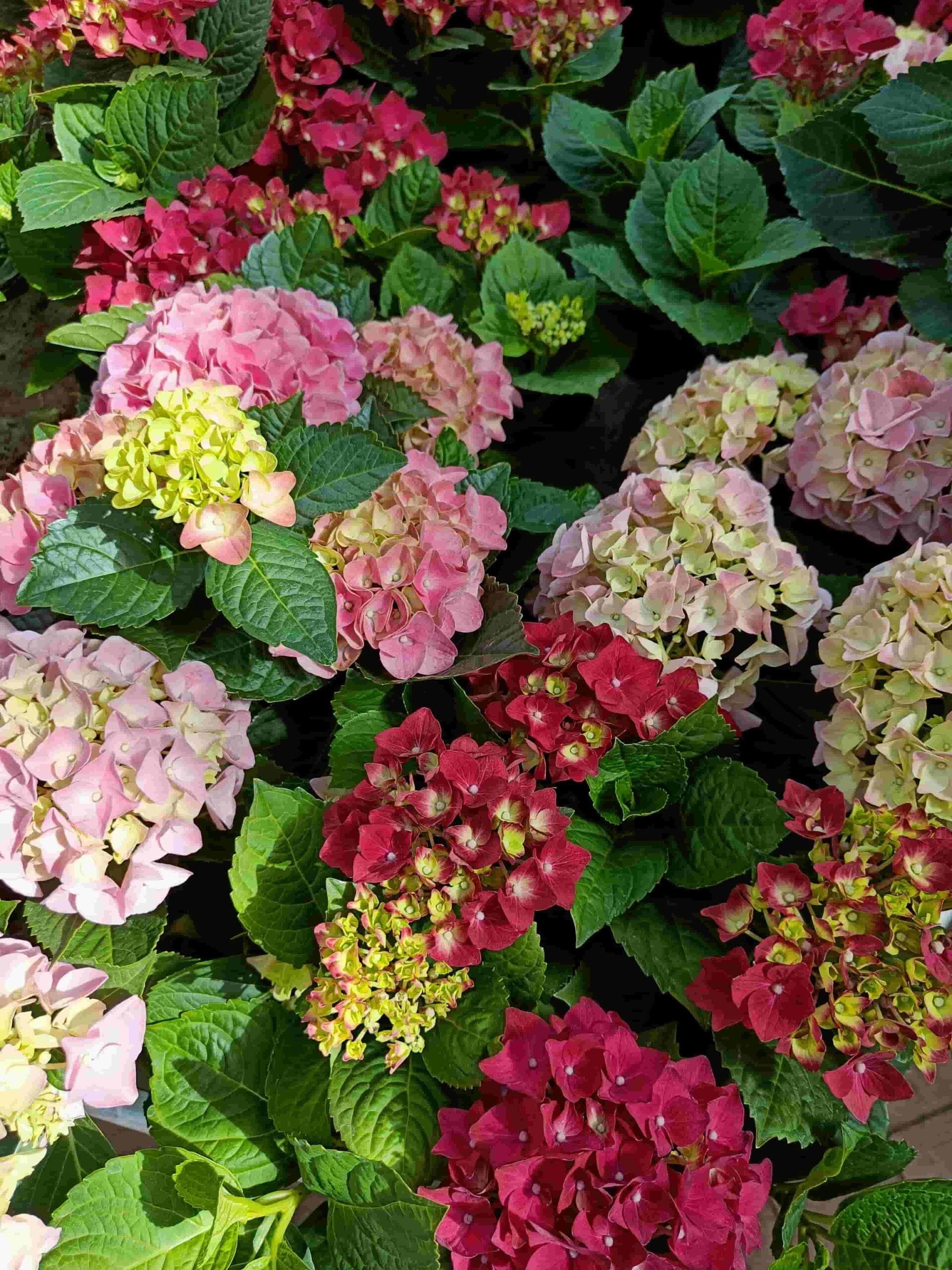
Hydrangeas come in several different varieties, each with its unique characteristics and growing requirements. Some popular hydrangea varieties include:
2.1 Bigleaf Hydrangeas
Bigleaf hydrangeas (Hydrangea macrophylla) are the most common type, known for their large mophead or lacecap flower clusters. They are further divided into two groups: the mophead hydrangea with full, rounded flower clusters and the lacecap hydrangea with flat flower clusters surrounded by delicate, star-shaped flowers.
2.2 Panicle Hydrangeas
Panicle hydrangeas (Hydrangea paniculata) are renowned for their cone-shaped flower clusters. They are usually white when they bloom, but as the season progresses, they may turn pink or even develop a tinge of green.
2.3 Oakleaf Hydrangeas
Oakleaf hydrangeas (Hydrangea quercifolia) are named for their distinctively shaped leaves, which resemble oak leaves. They produce elongated, cone-shaped flower clusters and often display attractive red or purple foliage during the fall.
2.4 Smooth Hydrangeas
Native to North America, smooth hydrangeas (Hydrangea arborescens) are distinguished by their abundant clusters of spherical flowers. They often have white blossoms that become green as they age.
3. Choosing the Right Location
To ensure healthy growth and abundant blooms, it’s crucial to select an appropriate location for your hydrangea. Consider the following factors:
3.1 Sunlight Requirements
Most hydrangea varieties prefer partial shade or filtered sunlight, although some can tolerate full sun. Determine the specific sunlight requirements of your chosen variety and choose a location accordingly.
3.2 Soil Drainage
In moist, soil with adequate drainage, hydrangeas grow nicely. Stay away from locations with poor drainage since wet soil can cause root decay and other problems. If you need to increase drainage, think about adding organic material to the soil.
3.3 Protection from Harsh Elements
Although they prefer a cool environment, hydrangea need to be protected from strong winds and freezing weather. To prevent damage to their delicate blossoms and foliage, plant them in regions that offer some cover.
4. Soil Preparation
Preparing the soil before planting hydrangeas is essential for their overall health and vitality. To create the ideal atmosphere for growing, take the following measures:
4.1 Soil pH
Hydrangeas’ flower color is influenced by the soil pH. Acidic soil with a pH below 6.0 tends to produce blue blooms, while alkaline soil with a pH above 7.0 results in pink or purple blooms. Test your soil’s pH and adjust it accordingly to achieve your desired flower color.
4.2 Organic Matter
The structure, drainage, and nutrient content of the soil are all enhanced by the addition of organic matter. Mix compost, well-rotted manure, or peat moss into the planting area to enhance the soil’s fertility.
4.3 Soil Moisture Retention
Hydrangeas require consistent moisture but dislike waterlogged soil. Amending the soil with organic matter helps improve its water retention capacity, ensuring adequate hydration for the plants without the risk of excessive moisture.
5. Planting Hydrangeas
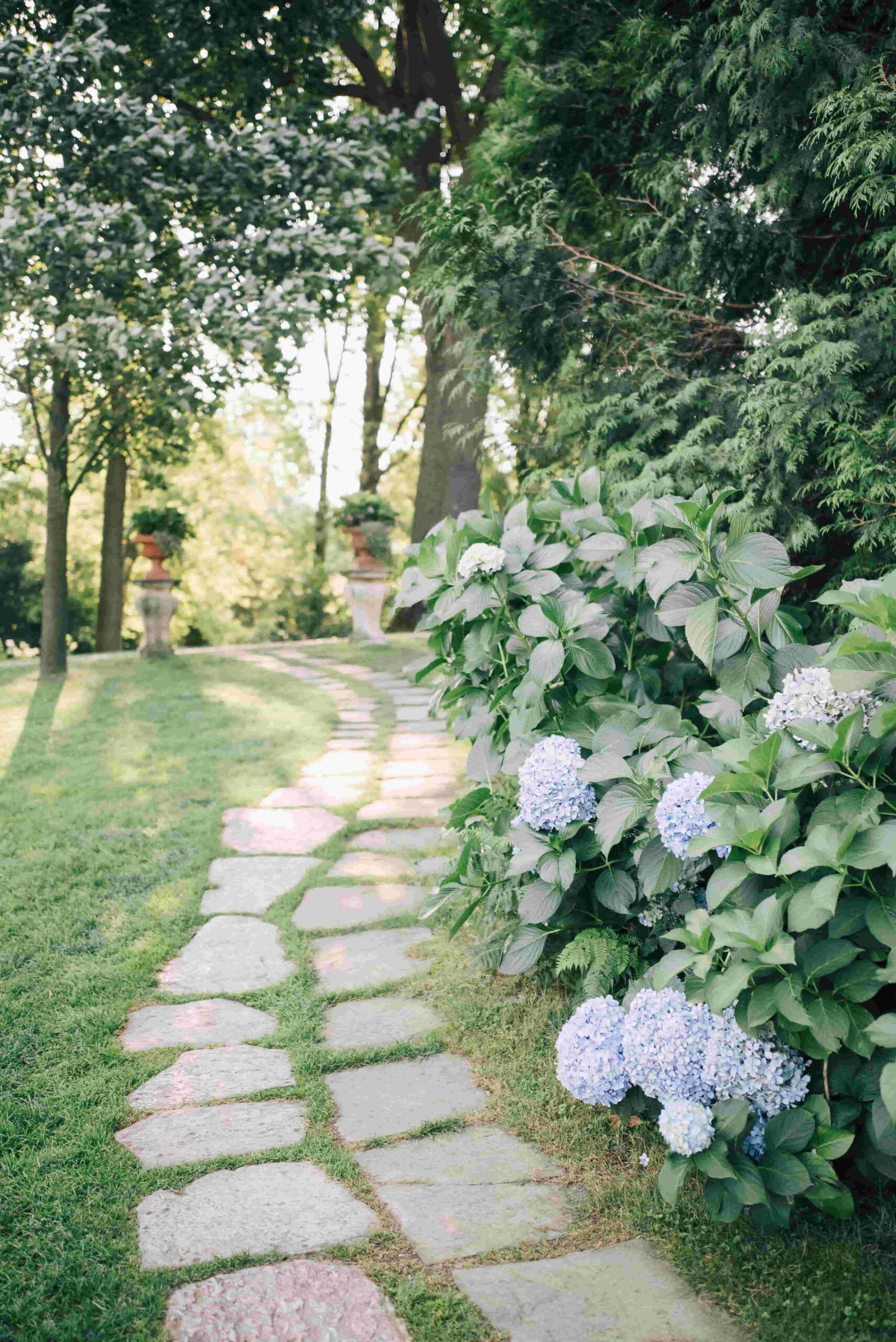
Proper planting techniques are crucial for the establishment and long-term success of hydrangea. Follow these steps to ensure your hydrangea get off to a great start:
5.1 Digging the Planting Hole
Dig a hole that is wider and slightly shallower than the root ball of your hydrangea. This provides space for the roots to spread out and establish themselves.
5.2 Placing and Backfilling
Place the hydrangea in the hole, ensuring that the top of the root ball is level with or slightly above the ground surface. Backfill the hole with the amended soil, gently firming it around the plant’s roots.
5.3 Watering and Mulching
After planting, thoroughly water the hydrangea to settle the soil. Apply a layer of organic mulch around the base of the plant to control soil temperature, weed growth, and moisture retention.
6. Watering and Hydration Needs
Proper watering is essential to keep hydrangeas healthy and vibrant. Consider the following guidelines for watering your hydrangeas:
6.1 Regular Watering
Hydrangeas prefer consistent moisture, especially during periods of active growth. Water thoroughly and frequently, making sure the soil is kept uniformly moist but not soggy.
6.2 Mulch and Moisture Retention
Maintain a layer of organic mulch around the base of the plant to help retain soil moisture. Mulching also helps regulate soil temperature and prevents weed growth, benefiting the overall health of your hydrangeas.
6.3 Watering Frequency
The frequency of watering depends on various factors such as weather conditions, soil type, and the specific hydration needs of your hydrangea variety. Keep an eye on the soil’s moisture level and modify the irrigation schedule as necessary.
7. Fertilizing Hydrangeas
Proper fertilization ensures robust growth and abundant blooms. Follow these guidelines for effectively fertilizing your hydrangeas:
7.1 Choosing the Right Fertilizer
Select a balanced, slowrelease fertilizer specifically formulated for flowering shrubs. A fertilizer with a proper balance of nitrogen (N), phosphorus (P), and potassium (K) is what you should seek out.
7.2 Timing of Fertilization
Early in the spring, while new growth is starting, fertilize the soil. Avoid fertilizing in late summer or fall, as it may stimulate late-season growth that can be vulnerable to winter damage.
7.3 Application Technique
Spread the fertilizer evenly around the base of the hydrangea, avoiding direct contact with the stems. Follow the manufacturer’s recommendations for fertilizer application ratios.
8. Pruning Hydrangeas
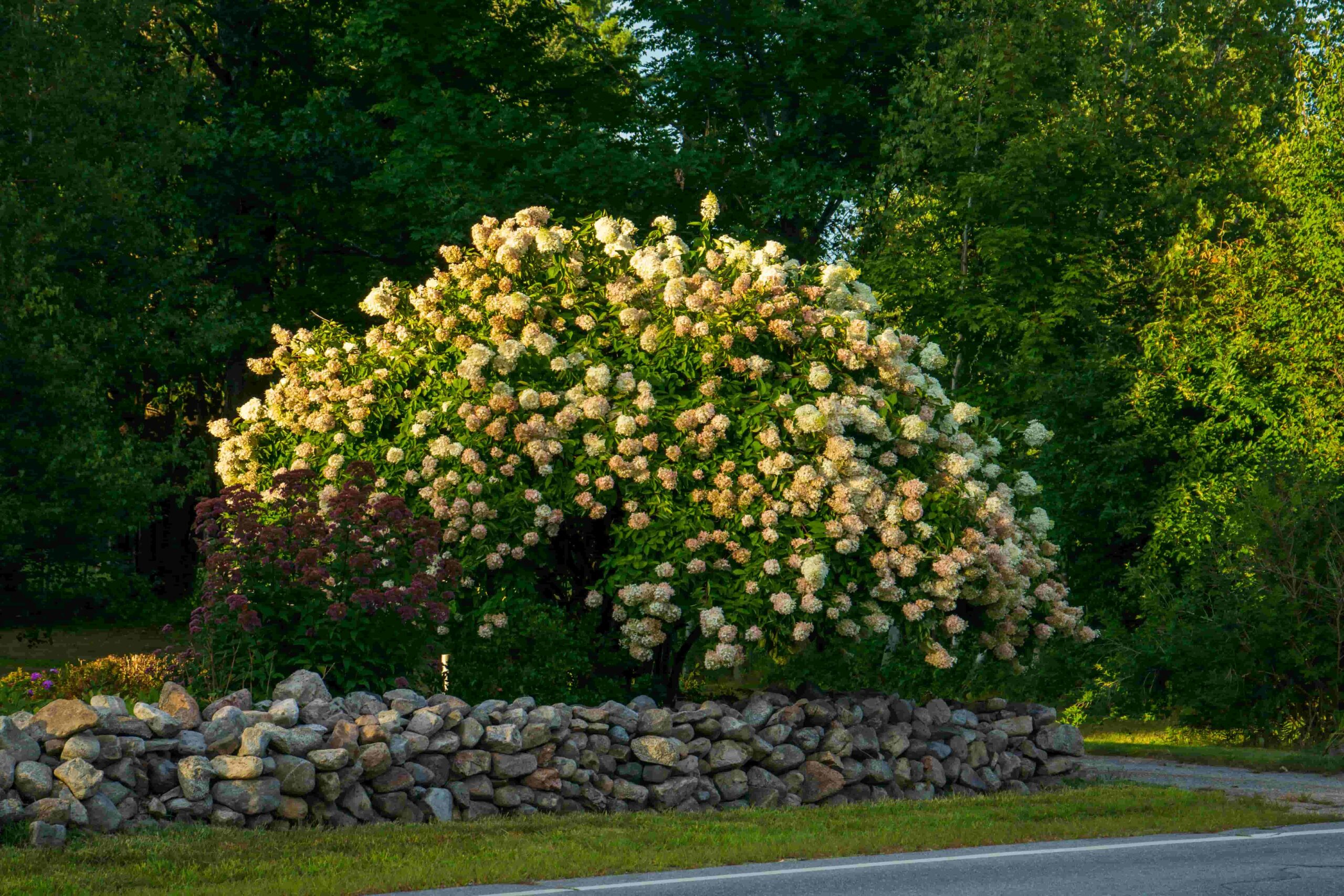
Your hydrangeas’ shape, size, and general health are all improved by proper pruning. Consider the following guidelines for pruning:
8.1 Timing of Pruning
The timing of pruning depends on the hydrangea variety. Bigleaf and oakleaf hydrangeas bloom on old wood, meaning they develop flower buds in the previous season. After these types have finished blooming, prune them right away. Smooth and panicle hydrangeas can be pruned in late winter or early spring because they bloom on new wood.
8.2 Pruning Techniques
To increase airflow and lower the danger of disease, cut back on dead, broken, or crossed branches. Additionally, selectively prune for size control or to rejuvenate older plants.
8.3 Reblooming Hydrangeas
Certain hydrangea varieties, such as some bigleaf hydrangeas, have the ability to produce blooms on both old and new wood. These reblooming hydrangeas may benefit from a light pruning in early summer to encourage additional blooms later in the season.
9. Dealing with Pests and Diseases
Like any plant, hydrangeas can be susceptible to pests and diseases. Here are some common issues and their solutions:
9.1 Aphids and Spider Mites
These tiny insects can infest hydrangeas and cause damage to the leaves and buds. Use insecticidal soap or a strong stream of water to control aphid and spider mite populations.
9.2 Powdery Mildew
Powdery mildew appears as a white, powdery coating on the leaves and can hinder plant growth. Ensure good air circulation around the hydrangeas and apply fungicides labeled for powdery mildew control if necessary.
9.3 Botrytis Blight
Botrytis blight causes the buds to rot and turn brown. Remove and dispose of infected plant parts and avoid overhead watering to prevent the spread of the disease.
10. Winter Care for Hydrangeas
Providing proper winter care is crucial for the survival and vitality of your hydrangeas. Follow these tips:
10.1 Mulching for Insulation
Apply a thick layer of organic mulch around the base of the hydrangeas to insulate the roots and protect them from extreme cold. This helps maintain soil moisture and prevents frost heaving.
10.2 Protecting from Winter Winds
In regions with harsh winters and strong winds, consider creating a windbreak using burlap or other protective materials. This shields the hydrangeas from drying winds and prevents winter damage.
10.3 Pruning for Cold Hardy Varieties
For cold-hardy hydrangea varieties, delay pruning until late winter or early spring. This allows the plant to benefit from the protection of the previous season’s growth.
11. Propagating Hydrangeas
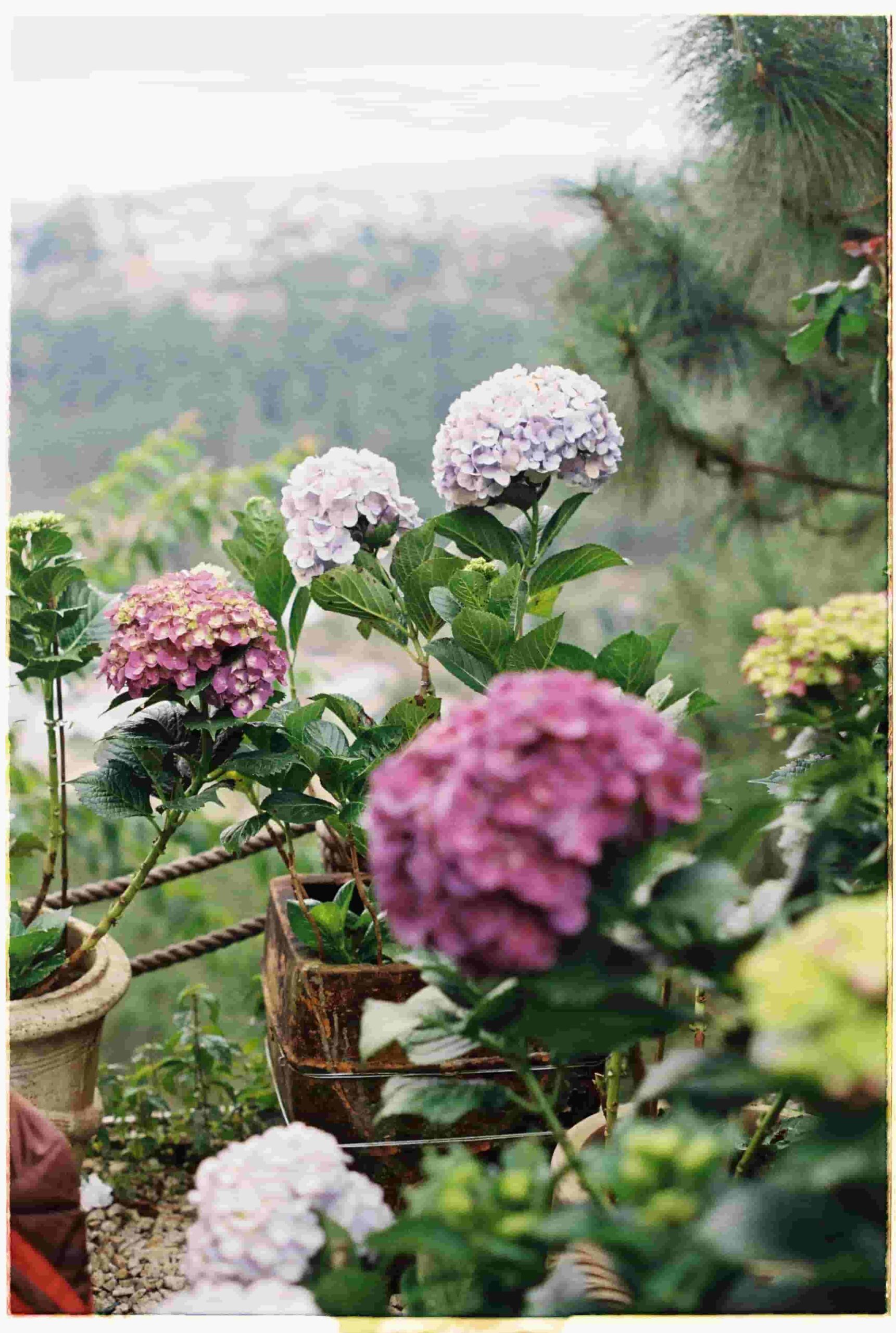
If you wish to expand your hydrangea collection or share these beautiful plants with others, propagation is an excellent option. Here are two common methods:
11.1 Stem Cuttings
Take stem cuttings from healthy, established hydrangea plants in early summer. Plant the clipped ends in a well-draining soil mixture after dipping them in rooting hormone. Provide warmth, moisture, and indirect light until the cuttings root.
11.2 Division
Divide mature hydrangea plants in early spring or fall. Carefully dig up the plant and separate the root ball into multiple sections, ensuring each section has roots and shoots. Replant the divisions in suitable locations and provide adequate care.
12. Common Hydrangea Issues and Troubleshooting
Despite their overall hardiness, hydrangeas may encounter certain issues. Here are a few typical issues and their fixes:
12.1 Failure to Bloom
If your hydrangea fails to bloom, it may be due to pruning at the wrong time, excessive fertilizer, or improper sunlight conditions. Review the specific needs of your hydrangea variety and make appropriate adjustments.
12.2 Flower Color Fading or Changing
Flower color changes in hydrangeas can occur due to soil pH, aluminum availability, and other factors. Adjust the soil pH or use appropriate supplements to maintain or change the desired flower color.
12.3 Wilting or Drooping Leaves
Wilting or drooping leaves can indicate underwatering, overwatering, root rot, or other issues. Assess the watering practices, soil conditions, and overall plant health to identify and address the underlying problem.
13. Tips for Enhancing Hydrangea Blooms
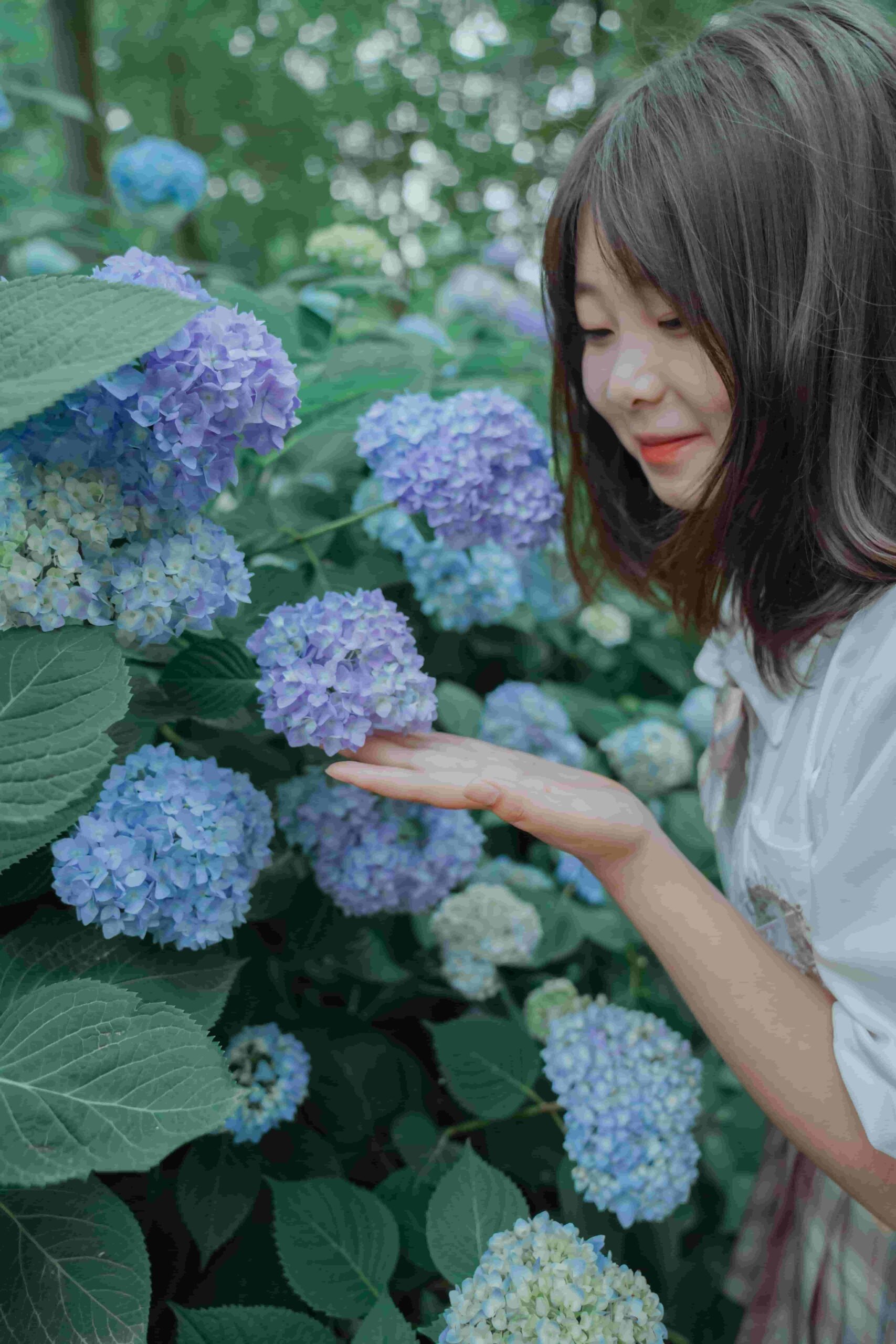
If you’re looking to maximize the beauty and abundance of your hydrangea blooms, consider implementing the following tips:
13.1 Adequate Sunlight
Ensure your hydrangea receives the right amount of sunlight as per its specific requirements. Sufficient sunlight promotes vigorous growth and enhances bloom production.
13.2 Proper Pruning
Follow the appropriate pruning techniques for your hydrangea variety to encourage new growth and abundant blooms. Removing spent flowers can also promote reblooming in certain varieties.
13.3 Regular Watering and Fertilizing
Maintain consistent moisture levels and provide regular fertilization to keep your hydrangeas healthy and well-nourished. Follow the guidelines mentioned earlier in the article for proper watering and fertilizing practices.
14. Conclusion
Hydrangeas are truly captivating plants that bring beauty and elegance to any garden or landscape. By understanding their different varieties, proper cultivation techniques, and effective care practices, you can successfully grow and maintain these stunning blooms. Remember to choose the right location, prepare the soil adequately, provide proper watering and fertilization, and address any potential pests or diseases. With the knowledge gained from this guide, you can create a flourishing hydrangea garden that will be the envy of all who behold it.
Incorporating hydrangeas into your garden or landscape will undoubtedly elevate its beauty and charm. With the information provided in this guide, you now have the knowledge and confidence to cultivate and care for hydrangeas successfully. Embrace the joy of growing these magnificent blooms and witness the enchantment they bring to your outdoor space.
Frequently Asked Questions (FAQs)
Q: Can hydrangeas grow in pots or containers?
A: Yes, many hydrangea varieties can thrive in pots or containers. Ensure the container is large enough to accommodate the plant’s roots, provide proper drainage, and meet the specific care requirements of the chosen hydrangea variety.
Q: How long do hydrangea blooms last?
A: The lifespan of hydrangea blooms varies depending on the variety and environmental conditions. Generally, the blooms can last from a few weeks to several months.
Q: Can I prune my hydrangeas in the fall?
A: It’s generally best to avoid pruning hydrangeas in the fall, as it can remove the next season’s flower buds. Pruning should be done immediately after blooming or in late winter or early spring.
Q: Can I change the color of my hydrangea blooms?
A: Yes, the flower color of some hydrangea varieties can be changed by altering the soil pH. Acidic soil produces blue blooms, while alkaline soil results in pink or purple blooms. Adding soil amendments or supplements can help achieve the desired color.
Q: Can hydrangeas survive in cold climates?
A: Yes, many hydrangea varieties are cold hardy and can withstand freezing temperatures. Providing proper winter care, such as mulching and protection from harsh winds, will help ensure their survival in cold climates.
Q: Can hydrangeas be grown from seeds?
A: While it’s possible to grow hydrangeas from seeds, it’s a lengthy process, and the resulting plants may not resemble the parent plant. It’s more common and reliable to propagate hydrangeas through cuttings or division.
Q: Are hydrangeas toxic to pets?
A: Hydrangeas contain substances that can be toxic to pets if ingested in large quantities. It’s best to keep pets away from these plants and contact a veterinarian if ingestion is suspected.

